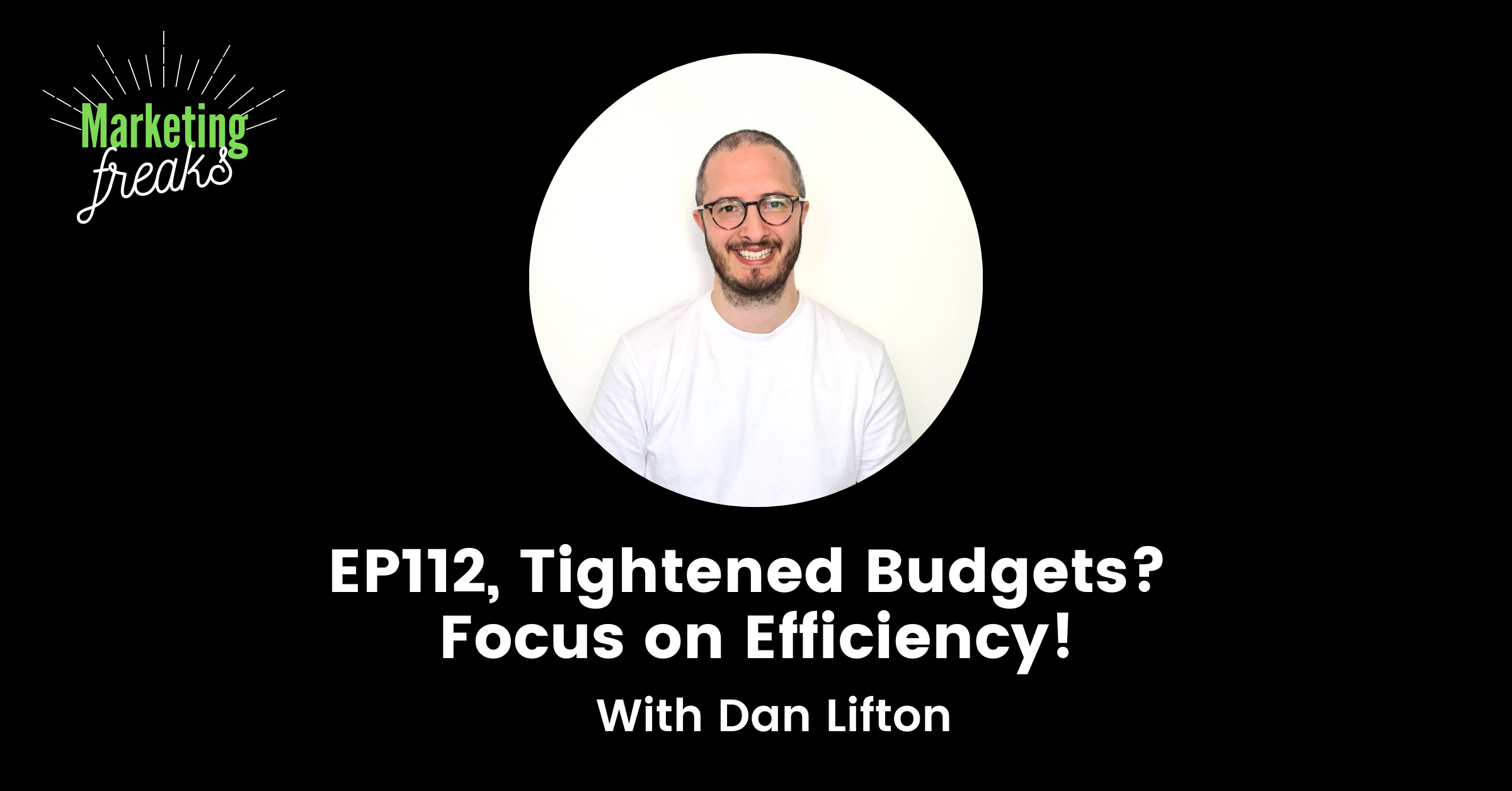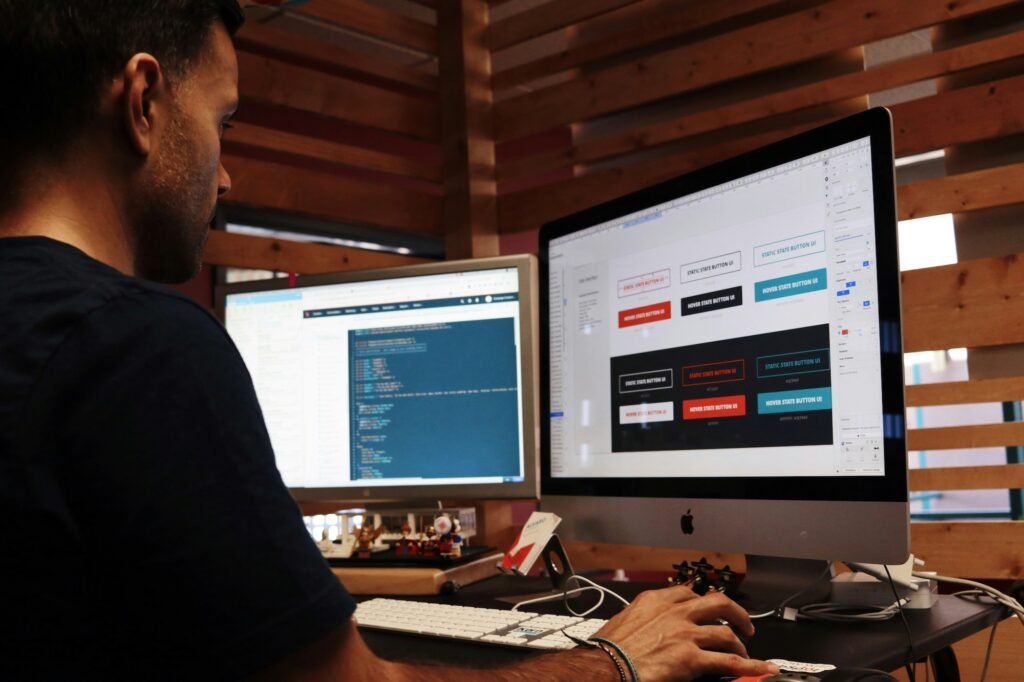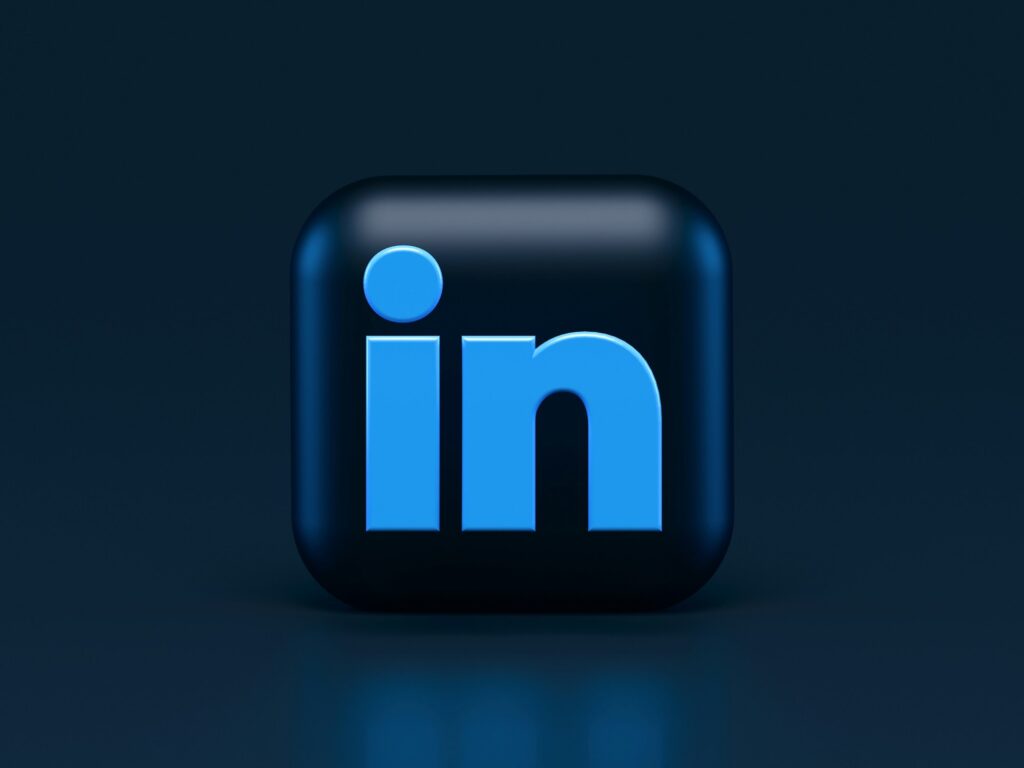Welcome back to the Marketing Freaks podcast! In this week’s episode Jon is joined by our Head of Client Services, Dan to delve into the pressing challenges many businesses are faced with during the current economic climate. They shed light on how this has an effect in the digital marketing industry today and explore strategies to maximise efficiency in the face of a tightened Marketing budget.
In these uncertain times, businesses across the globe are grappling with economic hardships. Clients are understandably seeking ways to optimise their marketing efforts and ensure every penny spent delivers the utmost impact.

Subscribe links:
How to Maximise Marketing Efficiency in Challenging Times
A lot of businesses are questioning “Do we just turn everything off?” The simple answer to that is no! Here’s why:
One of the key things to factor in during these challenging times is that by keeping your paid media campaigns running, you are maintaining visibility. It’s also a good time to switch that fearful mindset into a “let’s seize this opportunity” mentality.
Economic crises often create shifts in consumer behaviour and market dynamics. By staying active in the paid media space, businesses have a chance to identify and capitalise on emerging opportunities. They can adapt their messaging, target new customer segments, or leverage different platforms to reach potential customers who may be more receptive during this period.
While some businesses may choose to reduce or halt their paid media activities, it presents an opportunity for others to gain a competitive edge. With fewer competitors in the advertising space, businesses that maintain their paid media presence can potentially capture a larger share of the market and expand their customer base. You can keep an eye on your competitors via the ads library.
Whilst it’s essential to be mindful of your Marketing budget during an economic crisis, completely turning off paid media can potentially hinder a business’s growth and limit its ability to seize opportunities.
So if you’re wondering what your business can do to become more efficient with spending whilst remaining profitable, take a listen to this week’s episode!
Enjoy!
To learn how Overdrive Digital can help you make the most of your Marketing Budget, get in touch today.



